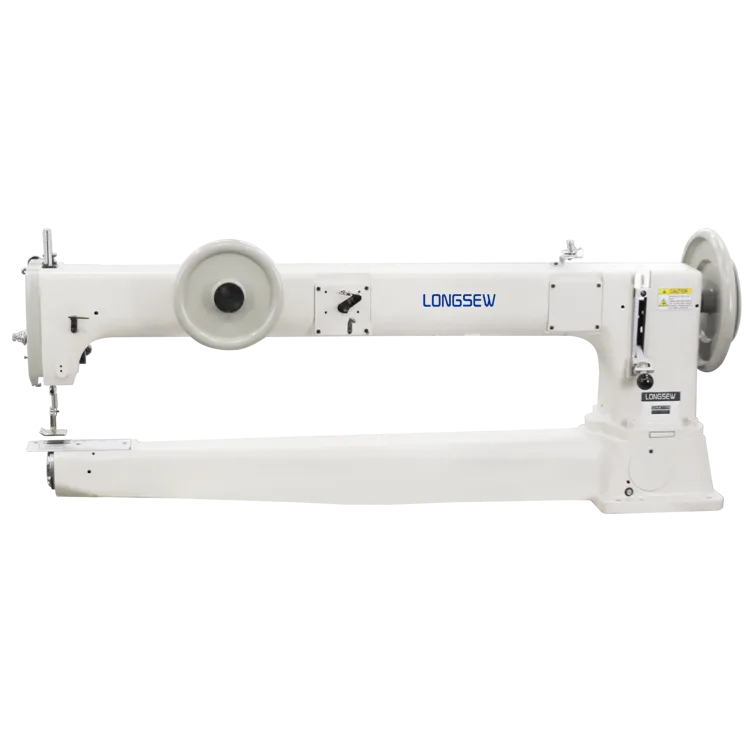Twin Needle Coverstitch
The Twin Needle Coverstitch A Seamstress's Best Friend
In the world of sewing, a variety of techniques and tools can elevate the quality of your projects, and among them, the twin needle coverstitch stands out. This versatile technique, often used in sewing knits and delicate fabrics, offers both durability and aesthetic appeal. Understanding how to use a twin needle for coverstitching can transform your sewing experience, making it an invaluable skill for both amateur and seasoned seamstresses.
What is a Twin Needle Coverstitch?
At its core, a twin needle coverstitch involves using a special type of needle that has two points and one shank. This allows you to sew two parallel lines of stitching on the top side while offering a very elastic stitch on the underside, making it perfect for seams that require a bit of stretch, such as on t-shirts, leggings, and other knit garments. Unlike traditional sewing, the coverstitch creates a professional finish, ensuring that the fabric can move freely without breaking the seams.
Setting Up Your Machine
Before diving into your project, it's essential to ensure your sewing machine is compatible with a twin needle coverstitch. Most modern sewing machines come with specific settings for twin needles. Start by selecting a twin needle of your desired width; common widths are 2mm and 4mm. Install it according to your machine's manual. You will also need to adjust your thread tension and choose the right stitch length—generally between 2.5 to 3.5 millimeters.
Next, wind two bobbins with your chosen thread. Ensure you use a stretch or polyester thread for enhanced durability. Once everything is set up, thread the needle, making sure to guide each thread through the respective needle eye. Follow your machine's manual for threading details, as this can vary by model.
twin needle coverstitch

Techniques for Success
Practicing on scraps before you begin your project can help you get comfortable with the twin needle coverstitch technique. As you sew, keep an eye on the fabric's tension and feed it evenly through the machine. Maintaining a steady pace will help you achieve even stitches. Use a walking foot if available; it helps to manage the fabric layers better, especially when dealing with knits.
When covering hems, fold the fabric and guide the edge under the needle, ensuring your seam is placed accurately. Avoid stretching the fabric too much during the process to prevent puckering, which can ruin the sleek look of your finished garment.
Benefits of Coverstitching
The benefits of utilizing a twin needle coverstitch are numerous. Not only does it enhance the visual appeal of your projects with its professional finish, but it also adds strength to knit seams, allowing them to withstand the rigors of wear and tear. Whether you are pursuing a hobby in sewing or crafting professionally, mastering the twin needle coverstitch will undoubtedly improve your sewing repertoire.
In conclusion, incorporating the twin needle coverstitch into your sewing projects can open a world of creative possibilities. Its unique ability to create strong, flexible seams allows for the crafting of comfortable and stylish garments. With a bit of practice and the right techniques, you’ll be well on your way to producing professional-quality sewing projects that stand the test of time.
-
Revolutionizing Sewing with CNC TechnologyNewsMar.28,2025
-
Revolutionizing Efficiency with Automatic Sewing MachinesNewsMar.28,2025
-
Mastering Precision with Sewing Machines and ToolsNewsMar.28,2025
-
Mastering Precision with Double Needle and Chain Stitch Sewing MachinesNewsMar.28,2025
-
Leather Sewing Machines for Every NeedNewsMar.28,2025
-
Find the Best Deals on the Adler 205 370 Sewing MachineNewsMar.28,2025
-
The Essential Guide to Overlock Sewing MachinesNewsMar.18,2025





























